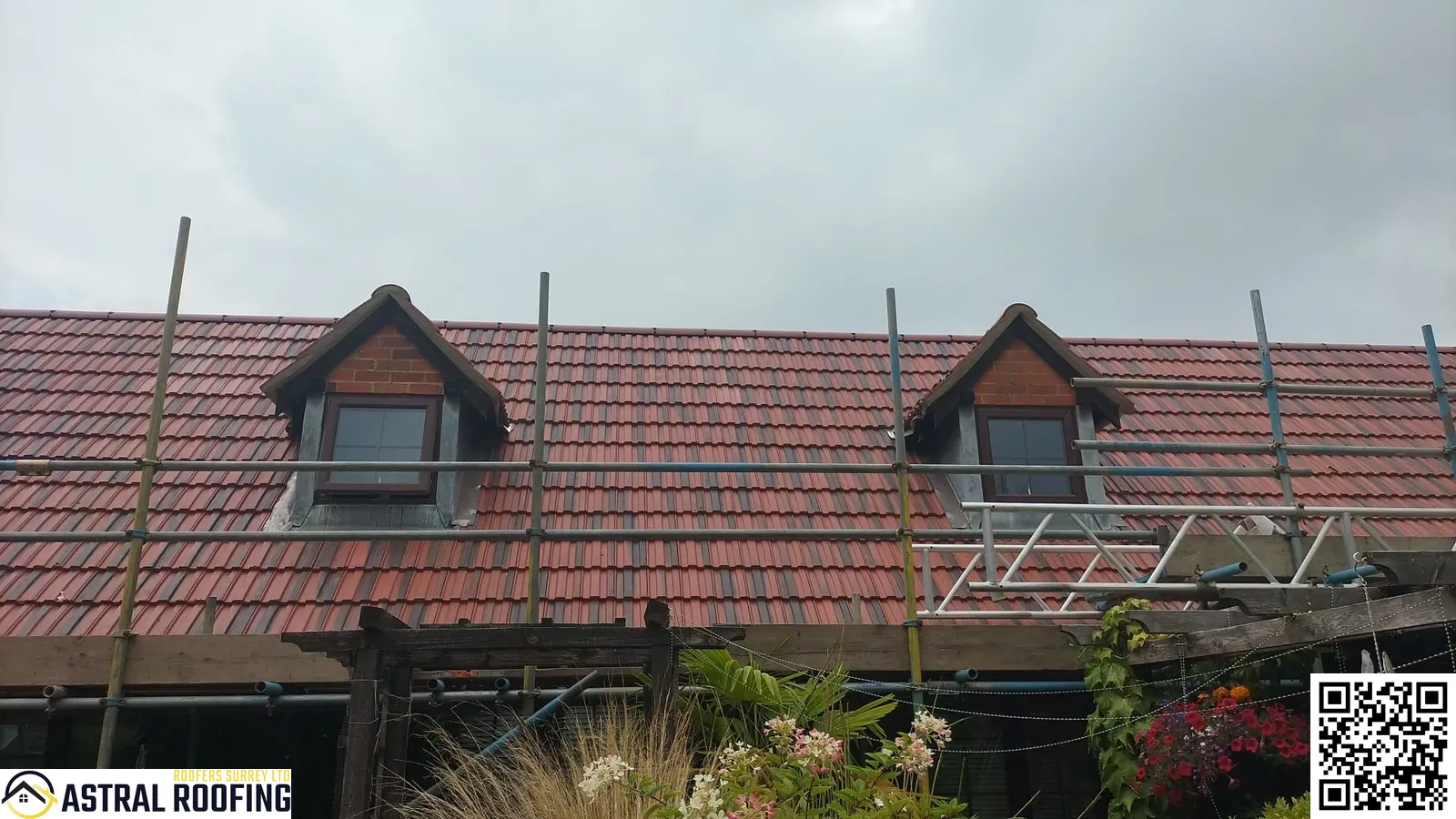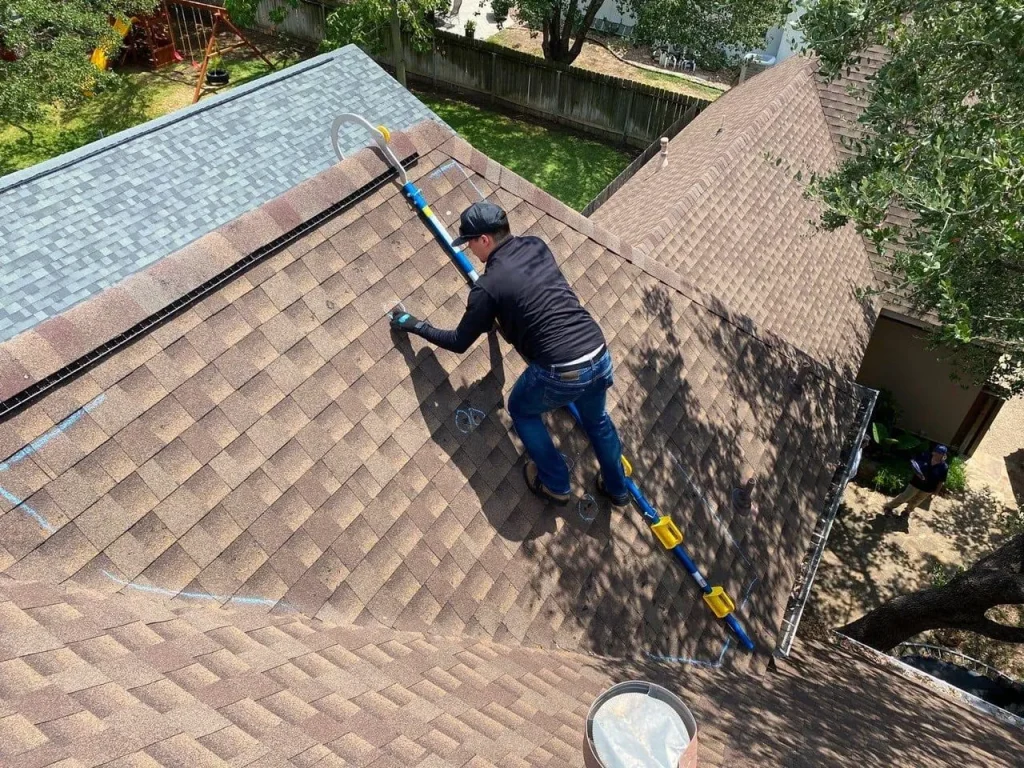Introduction
When the roof over your head starts to show signs of wear or damage, it can be a stressful situation. Not only do you have to deal with the immediate concern of repairs, but you also have to navigate the often-complex world of insurance claims. Whether it's due to severe weather, age-related wear and tear, or accidental damage, understanding how to handle insurance claims for roof repairs and replacements can save you time, money, and headaches. This comprehensive guide will walk you through everything you need to know about filing insurance claims related to roofing issues.

Understanding Insurance Claims for Roof Repairs and Replacements
Insurance claims can be intimidating, especially if you're not familiar with the process. So let’s break it down! When it comes to roof repairs and replacement in Cork—or anywhere else—understanding your policy is crucial.
What Does Your Homeowners Insurance Cover?
Before diving into the claims process, it's essential to know what your policy covers regarding roof damage. Most homeowners' insurance policies cover:
- Wind Damage: Often included in standard policies. Hail Damage: Commonly covered unless specified otherwise. Falling Objects: If a tree falls on your roof during a storm. Fire Damage: Coverage for any fire-related damage is typically included.
However, keep in mind that not all policies are alike. Always review your policy document or consult with your insurance agent.
Types of Roof Damage Covered by Insurance
Different types of damage may require different approaches when filing a claim. Here's a handy list:
| Type of Damage | Typically Covered | |--------------------|------------------| | Hail | Yes | | Wind | Yes | | Fire | Yes | | Wear & Tear | No | | Negligence | No |
If you're unsure about what’s covered under your policy, don’t hesitate to ask!
The Importance of Documentation
One key aspect of filing an insurance claim is documentation. You’ll want to gather as much evidence as possible:
- Photographs: Take clear pictures of the damage from various angles. Estimates: Get written estimates from reputable roofing contractors. Previous Repairs: Keep records of past repairs or maintenance work.
This information will support your claim and help speed up the process.
Navigating the Claims Process
So how do you actually file an insurance claim? The process can be broken down into manageable steps:
Step 1: Contact Your Insurance Company
The first step is simple: call your insurance company. Be prepared to provide them with specific details about the damage and any documentation you've gathered.
Step 2: Schedule an Inspection
Most insurers will send out an adjuster to assess the damage in person. Make sure you're available during this inspection so you can discuss any concerns or answer questions they may have.
Step 3: Review the Adjuster's Report
Once the inspection is complete, you’ll receive a report detailing their findings and recommendations for coverage. Review this carefully; if something seems off or missing, now's your chance to address it!
Step 4: Receive Your Payout Offer
After reviewing all information, your insurer will make a payout offer based on their assessment and what’s included in your policy.
Step 5: Hire a Contractor for Repairs/Replacement
Once you've received approval from your insurer, it’s time to hire a contractor for those necessary roof repairs or even a complete roof replacement in Cork!
Common Challenges When Filing Claims
Despite best efforts, challenges can arise during the claims process. Here are some common hurdles homeowners face:
" width="560" height="315" frameborder="0" allowfullscreen>
Disputes Over Coverage Amounts
Sometimes there might be confusion over how much coverage you're entitled to. If there's a discrepancy between what you believe should be covered versus what’s offered by the insurer, don’t hesitate to negotiate.
Delays in Processing Claims
Claims processing can sometimes take longer than expected due to various factors like staffing shortages at insurance companies or additional inspections needed.
Denials Due To Policy Exclusions
Be aware that certain types of damages might not be covered under typical policies—like wear and tear or damages resulting from negligence. Familiarizing yourself with these exclusions upfront can save future headaches.
Roof Replacement vs. Roof Repairs: When To Choose What?
It’s crucial to determine whether repairing your existing roof is sufficient or if a full replacement is warranted.
Signs You May Need a Roof Replacement
Here are some indicators that you might need more than just minor repairs:
- Extensive Shingle Damage Water Leaks After Heavy Rain Sagging Roof Deck Mold Growth Inside Attic Spaces
If any of these apply, consider consulting with professionals who specialize in roof replacement in Cork before making decisions.
How Much Will It Cost? A Breakdown of Expenses
Knowing potential costs helps you budget for repairs or replacements effectively:
Average Costs Associated With Roof Repairs
| Type of Repair | Average Cost | |----------------------|----------------| | Minor Leak | €300 - €600 | | Missing Shingles | €200 - €500 | | Major Leak | €600 - €1,200 |
Average Costs Associated With Roof Replacement
For larger scale projects like full replacements:
- Asphalt Shingles: €3,000 - €10,000 depending on size Metal Roofing: €7,000 - €15,000 Tile Roofing: €8,000 - €20,000
These prices vary greatly based on materials used and local labor rates.
Finding Reliable Contractors for Your Roof Needs
Choosing the right contractor is equally as important as navigating through claims processes efficiently!
Tips For Finding The Right Roofer
Seek Recommendations: Ask friends or family who’ve had similar work done.
Check Reviews: Look online for reviews on platforms like Google My Business or Yelp.
Validate Credentials: Ensure they’re licensed and insured; always request references!
Get Multiple Quotes: Don’t settle on the first estimate; compare multiple bids before deciding.

FAQ Section
Q1: How long does it take for my claim to be processed?
A1: Processing times vary but generally range from days up to several weeks depending on complexity.
Q2: Can I file a claim without having my policy documents?
A2: While it helps if you have them handy; most companies can pull up your information using just personal details like name and address.
Q3: What if my claim gets denied?
A3: You can appeal denial decisions by providing additional documentation or clarification regarding coverage limits—always read through New roof installation Surrey denial letters thoroughly!
Q4: Are there any time limits on filing claims after damage occurs?
A4: Yes! Most insurers require claims filed within one year post-damage occurrence; however check state laws as there may be variations!
Q5: Is it better financially in terms of premiums long term if I repair versus replace my roof?
A5: Generally speaking—a well-maintained older roof tends not increase premiums significantly compared against newer roofs—but do consult with insurers directly!
Q6: What happens if I choose not go through my insurer at all?
A6: You’re free not pursue claiming anything but bear costs yourself entirely which could lead potentially higher financial burden later should further issues arise unexpectedly!
Conclusion
Understanding insurance claims for roof repairs and replacements doesn’t have to feel overwhelming! By familiarizing yourself with how coverage works—what's typically included—and knowing how navigate through claims processes effectively means less stress when these situations arise! Always remember—documentation is key while finding reliable contractors helps ensure quality outcomes too! So whether it's about opting between quick fixes versus full-scale replacements—staying informed makes all difference down road so that life continues smoothly under solid safe roofs above our heads!